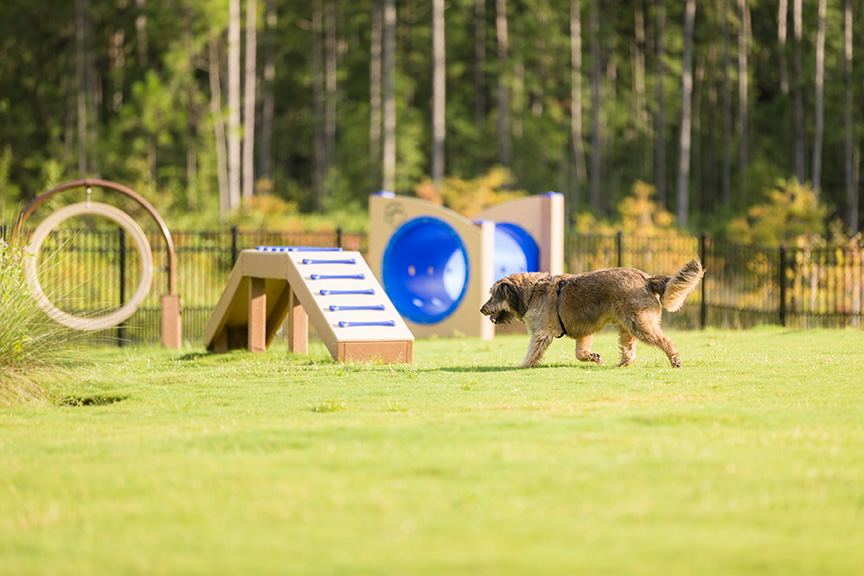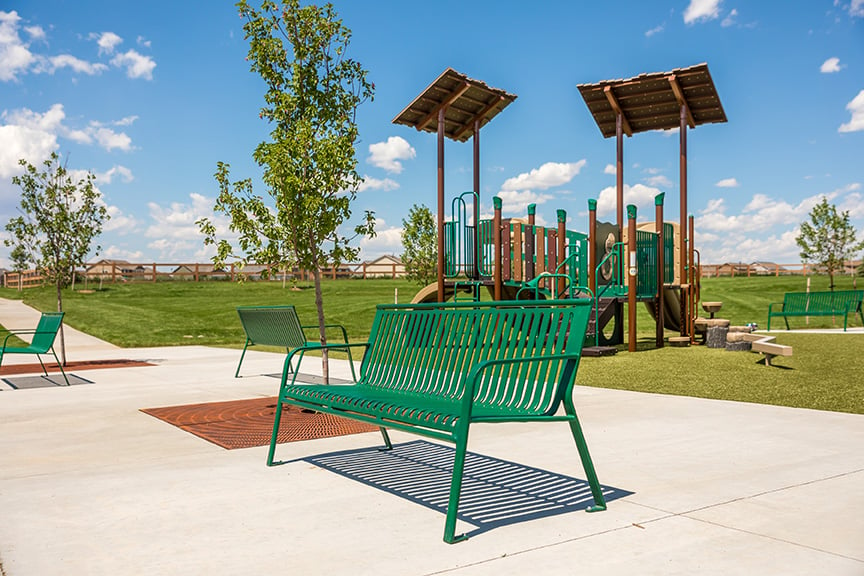Discover how strategically placed outdoor trash cans can transform public spaces into cleaner, more inviting environments, contributing to community well-being and environmental sustainability.
The Role of Outdoor Trash Cans in Public Spaces
Outdoor trash cans are an often overlooked yet essential component of public spaces. They play a critical role in maintaining cleanliness and hygiene, ensuring that parks, streets, and recreational areas remain free from litter. Proper waste disposal options encourage responsible behavior among visitors and reduce the workload for maintenance crews.
By providing accessible and strategically placed trash cans, public spaces can become more inviting and enjoyable. These receptacles help manage waste efficiently, preventing it from becoming an eyesore or a health hazard. This simple yet effective solution contributes significantly to the overall usability and aesthetic appeal of any public area.
Benefits of Proper Trash Can Placement
Strategic placement of trash cans is key to maximizing their effectiveness. When located conveniently, such as near benches, picnic areas, and walkways, trash cans encourage users to dispose of their waste properly. This reduces littering and helps keep the environment clean.
Properly placed trash cans also contribute to the efficiency of waste collection. Maintenance staff can easily access and empty these receptacles, ensuring that they do not overflow. This proactive approach minimizes the spread of litter and helps maintain a tidy, welcoming atmosphere for all visitors.
Educational Impact on Community Behavior
Outdoor trash cans do more than just hold waste; they also serve as educational tools. Clearly marked and well-maintained trash receptacles can influence community behavior by promoting environmental responsibility. When people see that waste disposal is made easy and convenient, they are more likely to follow suit.
Educational signage and campaigns can further enhance this impact. By raising awareness about the importance of proper waste disposal and its benefits for the environment, communities can cultivate a culture of cleanliness and sustainability. This educational approach not only improves public spaces but also fosters a sense of pride and ownership among residents.
Design and Aesthetics: More Than Just Functionality
While functionality is crucial, the design and aesthetics of outdoor trash cans also matter. Stylish, well-designed trash receptacles can complement the overall look of a public space, making it more attractive and cohesive. Modern designs offer a variety of options that blend seamlessly with different environments, from urban settings to natural parks.
Aesthetically pleasing trash cans can enhance the visual appeal of public spaces, encouraging more frequent use and enjoyment. By investing in designs that are both functional and attractive, communities can create environments that are not only clean but also inviting and enjoyable for all.
Collaborative Efforts for Sustainable Public Spaces
Creating sustainable public spaces requires a collaborative effort between community members, local governments, and organizations. By working together, these stakeholders can ensure that outdoor trash cans are placed effectively and maintained regularly. This collaboration can lead to the development of comprehensive waste management strategies that benefit everyone.
Community involvement is particularly important. When residents take an active role in maintaining and improving their public spaces, the results are more impactful and long-lasting. Educational programs, volunteer clean-up events, and public feedback can all contribute to a cleaner, more sustainable environment. Together, these efforts can transform public spaces into thriving, enjoyable areas that reflect the community's commitment to environmental stewardship.




